Exercise and High Blood Pressure: How I Got Results Without the Gym
Some of the links in this post are affiliate links. That means if you click and buy, I may earn a small commission — at no extra cost to you. I only share stuff I’ve actually tried and found useful, like the Blue Heron Health News program, which was a big help in my own journey with high blood pressure.
Let Me Tell You What Happened…
I found out I had high blood pressure when I was 35.
I was in the best shape of my life.
I worked out 5-6 days a week.
I taught group fitness classes 2-3 days per week.
I was running 5Ks, 10Ks, and half marathons…AND STILL MY BLOOD PRESSURE WAS HIGH!
I see why it’s called, “the silent killer” because I didn’t feel anything. I would get headaches every now and then but attributed that to sinuses (which was NOT the case).
Then came a routine checkup, and boom: elevated numbers (the source of my headaches). Just like that, I joined the millions of people silently walking around with hypertension.
High blood pressure runs in my family, so maybe I shouldn’t have been surprised. But hearing it from a doctor still hit hard. From that day forward, I was prescribed two medications — one for the morning, another at night.
I wasn’t told to make any lifestyle changes because I was already eating healthy and exercising regularly; but I was told to get used to being on blood pressure meds for the rest of my life.
The thing is, I didn’t just want to manage this with meds. I wanted to understand what was happening and do something about it — something that actually worked and felt doable long-term.
I began researching natural ways to lower blood pressure and eventually came across this thing called Blue Heron Health News.
I’ll mention it a couple of times in this article — not trying to sell you on anything, just sharing what helped me.
So... Is It Safe to Exercise with High Blood Pressure?
Short answer: yes, 100%.
In fact, not only is it safe — it’s one of the best things you can do.
I used to be scared to do certain workouts, thinking it would raise my blood pressure even more. And some exercises do; but it turns out, regular movement actually trains your heart to work more efficiently. And when your heart doesn’t have to work as hard, your blood pressure starts to come down.
It doesn’t need to be hardcore either. A brisk walk. A 10-minute stretch session. Light weights. Even those slow, controlled breathing exercises from Blue Heron helped me calm down and feel less tense in ways I didn’t expect.
Can You Lower Blood Pressure with Exercise Alone?
Yeah — sometimes you can. I’m not saying it’s a magic fix, but for a lot of people, especially in the early stages of high blood pressure, regular movement can drop your numbers by a few points. And that adds up.
It’s not always enough by itself — I’m still on medication, remember — but it’s a big part of why my numbers are finally moving in the right direction.
What helped me was realizing that exercise doesn’t have to mean doing a Navy Seal workout. It’s more about consistency than intensity.
Those three low-effort exercises from Blue Heron honestly made it easier to build momentum — they felt doable, even on days I didn’t feel like doing anything.
How Long Until You See Results?
I started feeling better after a few weeks. Not like a movie montage where everything’s fixed overnight — but I had more energy, fewer headaches, and I just didn’t feel as on edge all the time.
My blood pressure started creeping down after about a month of consistently doing these 3 exercises 7 days a week.
The breathing part of the Blue Heron routine surprised me.
At first, I thought, “Okay, how is this gonna fix anything?” But the way they combine breathing with small movements…it works.
My body just felt less wired afterward, and I could tell my heart wasn’t pounding like it used to.
Can I Exercise if My Blood Pressure is 140/90?
Totally. That’s actually the sweet spot to start.
140/90 is considered Stage 1 hypertension, and for a lot of people, it’s the wake-up call to make changes before medication becomes non-negotiable. I wish I’d taken it more seriously earlier.
You don’t need to go hard. I started with walking around my block and doing super light stretching.
One of the routines from Blue Heron Health News literally takes less than 10 minutes and can be done while sitting down.
It was a lifesaver on those days I felt like being lazy and going out to eat instead.
Can High Blood Pressure Be Reversed Naturally?
It depends. For some people, yes — especially if the high BP is tied to stress, poor diet, or inactivity.
I’ve seen my numbers come down naturally by changing how I eat, how I move, and how I breathe (seriously, don’t underestimate breathing).
I’m not off meds yet, but I’ve cut back. And that feels like a win.
Tools like Blue Heron’s natural method helped take the guesswork out of it.
I didn’t have to figure out a whole gym routine or learn anatomy.
It’s literally “do this, breathe like that, here’s what’s happening.” And it makes sense.
Best Exercises for High Blood Pressure (That Aren’t a Drag)
Here’s what worked best for me:
Walking everyday for a minimum of 30 minutes/day — (easy, no equipment, clears your head).
Cycling either on a stationary bike or taking an indoor cycling class (30-45 mins.)
Stretching or yoga – a ton of great YouTube videos out there
Light strength training (with breath control)
- Breathing-focused routines (like the ones in Blue Heron’s guide)
You don’t need to do a million burpees and jump over planes, trains, and automobiles to see results. The key is showing up regularly.
Even just 10–15 minutes most days makes a difference.
Are There Exercises You Should Avoid?
Yeah, a few — especially if your BP isn’t under control yet.
Avoid:
- Heavy lifting without breathing properly (can spike pressure)
Sprinting or intense HIIT workouts
- Long holds like planks or wall-sits
- Anything that makes you feel lightheaded, dizzy, or strained
I learned (the hard way) that it’s not about proving something.
It’s about doing something your body actually responds well to — and calming your system down, not stressing it out more.
That’s why I appreciate Blue Heron’s low-intensity approach. It’s not intimidating, and it works.
What If My Blood Pressure Goes Up After Exercise?
Totally normal. Your blood pressure will spike during exercise — that’s just your body working. What matters is that it comes back down after you cool off.
If it stays high or you feel weird after working out (like dizzy or nauseous), that’s when you want to check in with your doctor. Otherwise, don’t freak out. Movement is good for you — just ease into it.
So, How Much Do You Need to Do?
The standard advice is:
30 minutes a day, 5 days a week
Or 150 minutes total per week
Add 2 days of light strength training if you’re into it
But honestly? Start where you are. Even 10 minutes a day is better than nothing.
I started with 5. The trick is doing something — and keeping it simple enough that you’ll actually stick with it.
That’s why I liked (and still like) using the Blue Heron exercises as a starting point. They are encouraging and give me momentum.
For more context, see:
Real Talk Before I Go
If you’re dealing with high blood pressure, I get it. It’s scary. It’s frustrating. And it’s not always easy to know what the right move is. But you don’t have to overhaul your life overnight. You just have to take that first step — and keep showing up.
Exercise is part of it. Diet helps too. But honestly, learning how to calm your body down might be the biggest secret. That’s what the Blue Heron method has helped me with — just getting back into my body, slowing things down, and giving myself a chance to heal.
No pressure (pun intended), but if you’re curious —check out my next article, “Blue Heron Blood Pressure Exercises: 3 Daily Moves That Work.”
References
American Heart Association. Getting Active to Control High Blood Pressure. Retrieved from https://www.heart.org/en/health-topics/high-blood-pressure/changes-you-can-make-to-manage-high-blood-pressure/getting-active-to-control-high-blood-pressure
American Heart Association. The Facts About High Blood Pressure. Retrieved from https://www.heart.org/en/health-topics/high-blood-pressure/the-facts-about-high-blood-pressure
Mayo Clinic. High Blood Pressure (Hypertension): Why Lifestyle Matters. Retrieved from https://www.mayoclinic.org/diseases-conditions/high-blood-pressure/in-depth/high-blood-pressure/art-20045206
Mayo Clinic. High Blood Pressure Diagnosis and Treatment. Retrieved from https://www.mayoclinic.org/diseases-conditions/high-blood-pressure/diagnosis-treatment/drc-20373417

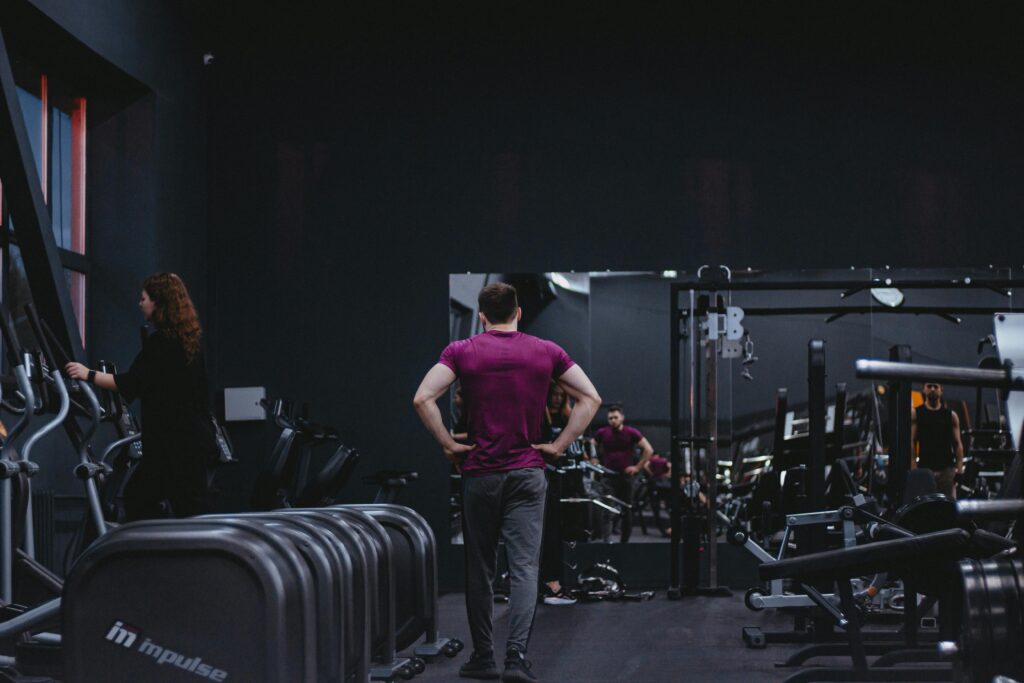

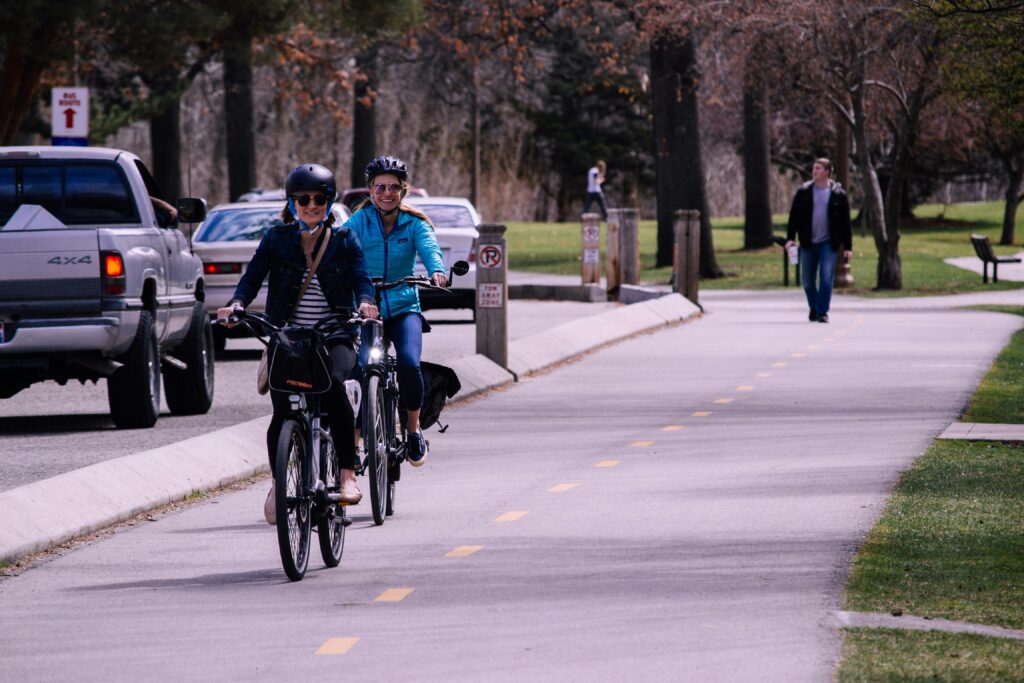
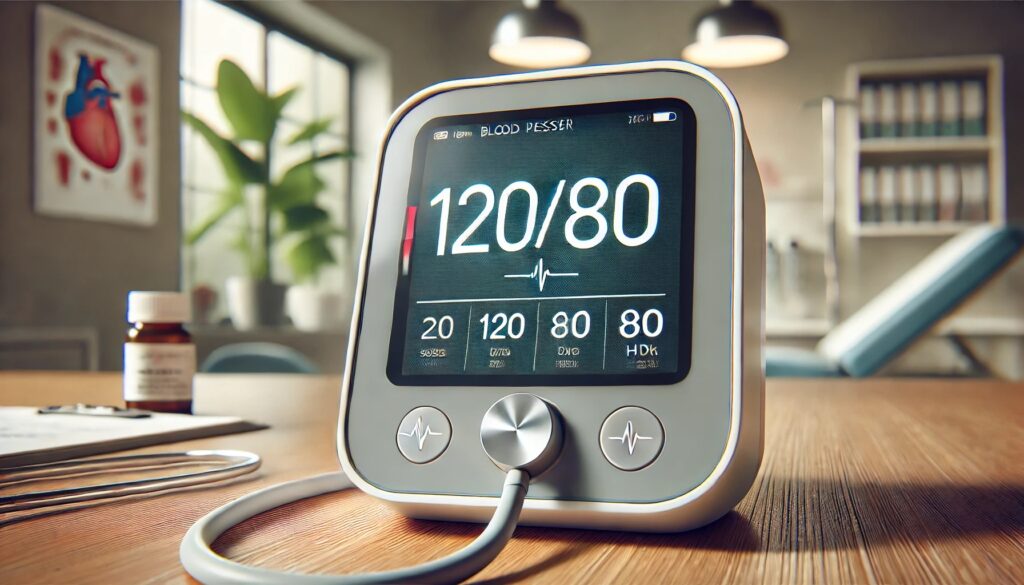
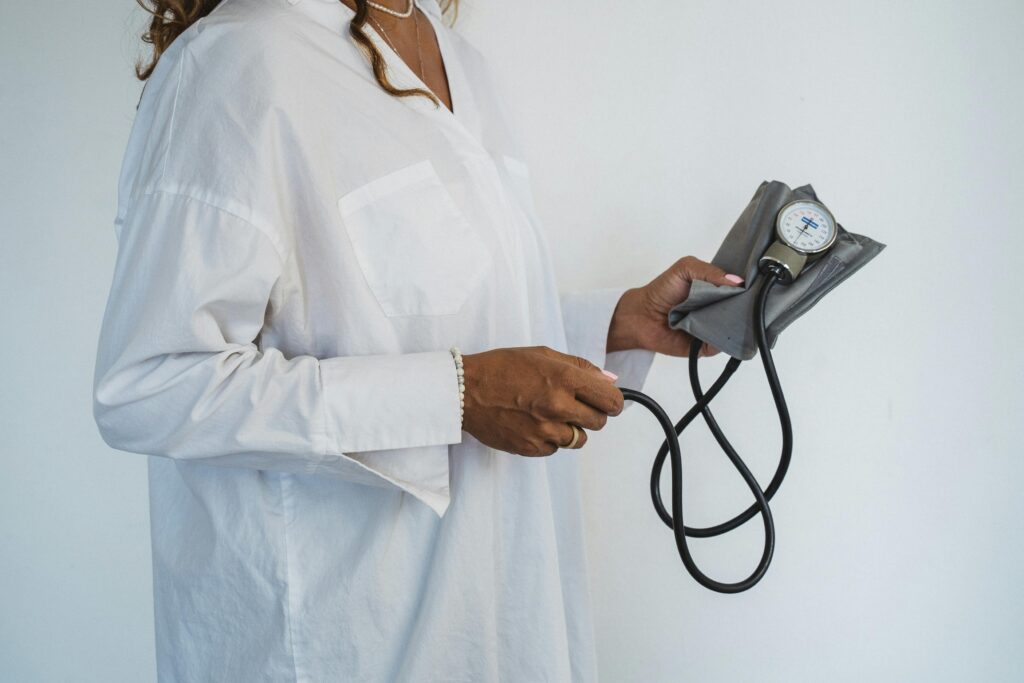




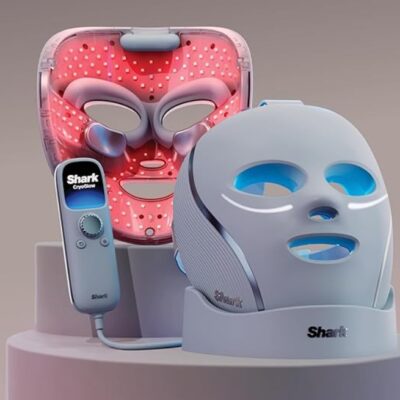


One Comment
[…] Pressure Program (a simple breathing and nutrition routine I talked about in my previous article, Can You Exercise with High Blood Pressure? Yes – Here’s What I Wish I Knew Sooner ). I wasn’t expecting a miracle, but the weight started […]